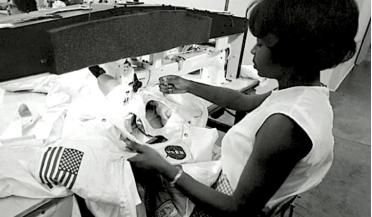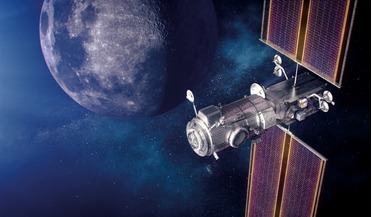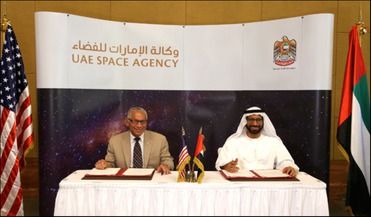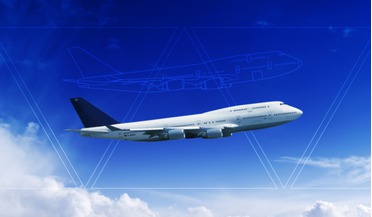 January 2023
Private space stations and NASA’s effort to re-invent itself
January 2023
Private space stations and NASA’s effort to re-invent itself
... Aerospace in Las Vegas, Nevada, and managed to obtain a license for the Transhab inflatable structures technology developed by NASA. This new technology was first developed to build possible structures to provide housing on Mars, but Bigelow decided...
 May 2024
Out of this world – NASA’s textile technicians and innovations for space voyages
May 2024
Out of this world – NASA’s textile technicians and innovations for space voyages
..., each parachute held two million stitches that were all inspected for flaws. To make these parachutes, NASA’s seamstresses sewed together several panels of fabric with 3.5 miles (5.6 km) of thread using Singer sewing machines. A scientific marvel...
 January 2017
Blueprint for NASA’s journey to Mars
January 2017
Blueprint for NASA’s journey to Mars
... cost. However, the mission sequence is intended to be executed without any substantial increase in the current inflation-adjusted NASA human exploration budget, given a phased retirement of the ISS beginning in 2024. The key to a cost-effective near...
 October 2020
Is NASA’s Artemis Accords agreement Moon-proof?
October 2020
Is NASA’s Artemis Accords agreement Moon-proof?
... neat link back to the original Moon landing programme. In contrived acronym speak, that only an organisation like NASA could come up with, Artemis stands for ‘Acceleration, Reconnection, Turbulence, and Electrodynamics of the Moon’s Interaction with...
 13 June 2016
NASA signs an agreement with United Arab Emirates
13 June 2016
NASA signs an agreement with United Arab Emirates
...the first field of collaboration between the two agencies, NASA and the UAE Space Agency formalised cooperation in the ...exploring the Red Planet. Missions to our martian neighbour by NASA have recently come under scrutiny by the U.S congress who ...
 08 August 2016
NASA Selects Five Projects for Convergent Aeronautics Solutions Study
08 August 2016
NASA Selects Five Projects for Convergent Aeronautics Solutions Study
...motor. Spanwise Adaptive Wing One of the ideas explored by NASA researchers is increasing airplane fuel, emissions and noise efficiency .... The five research teams include researchers from NASA's aeronautics centers in Virginia, California, and Ohio...